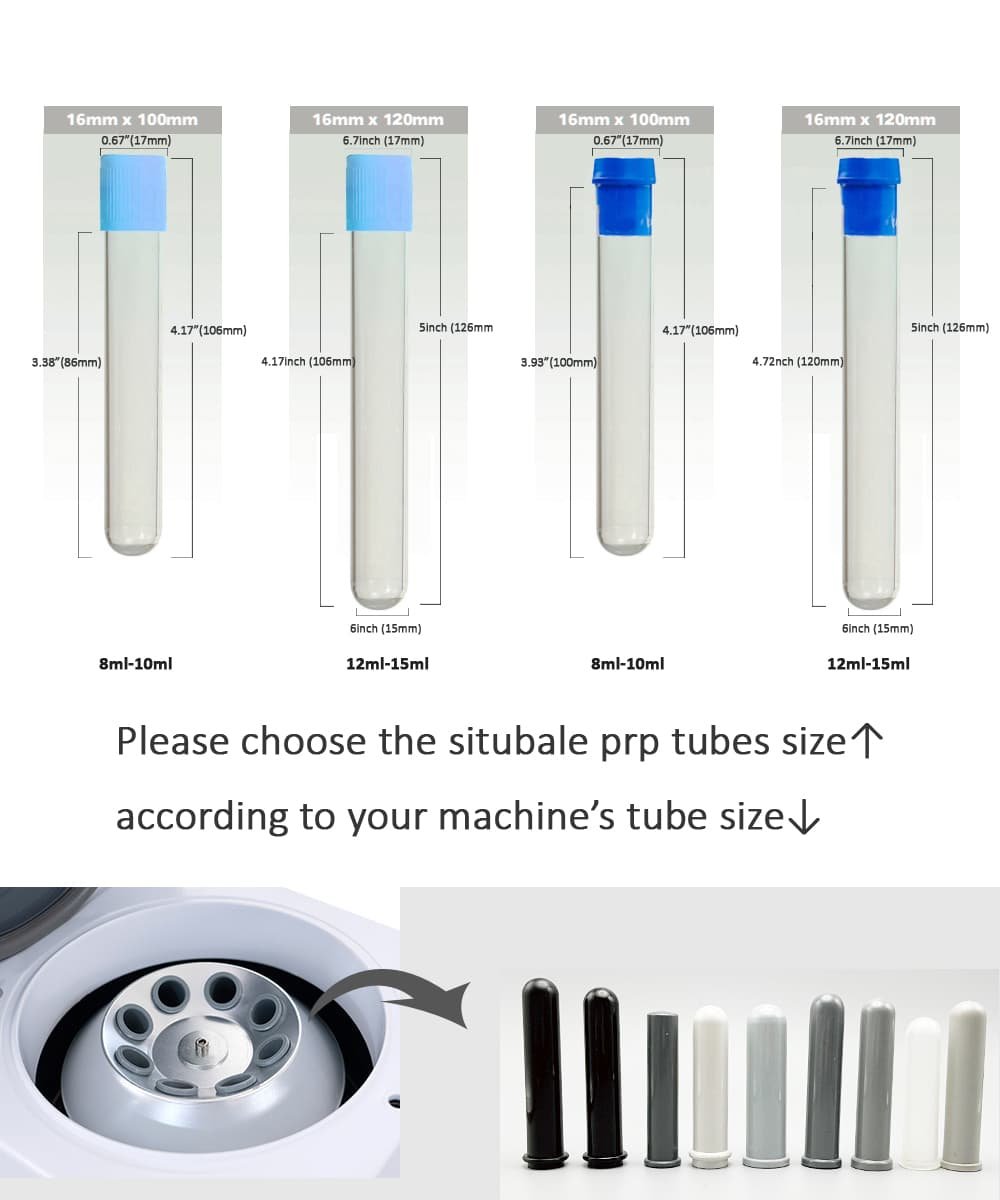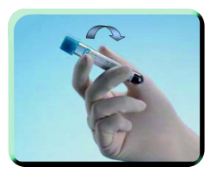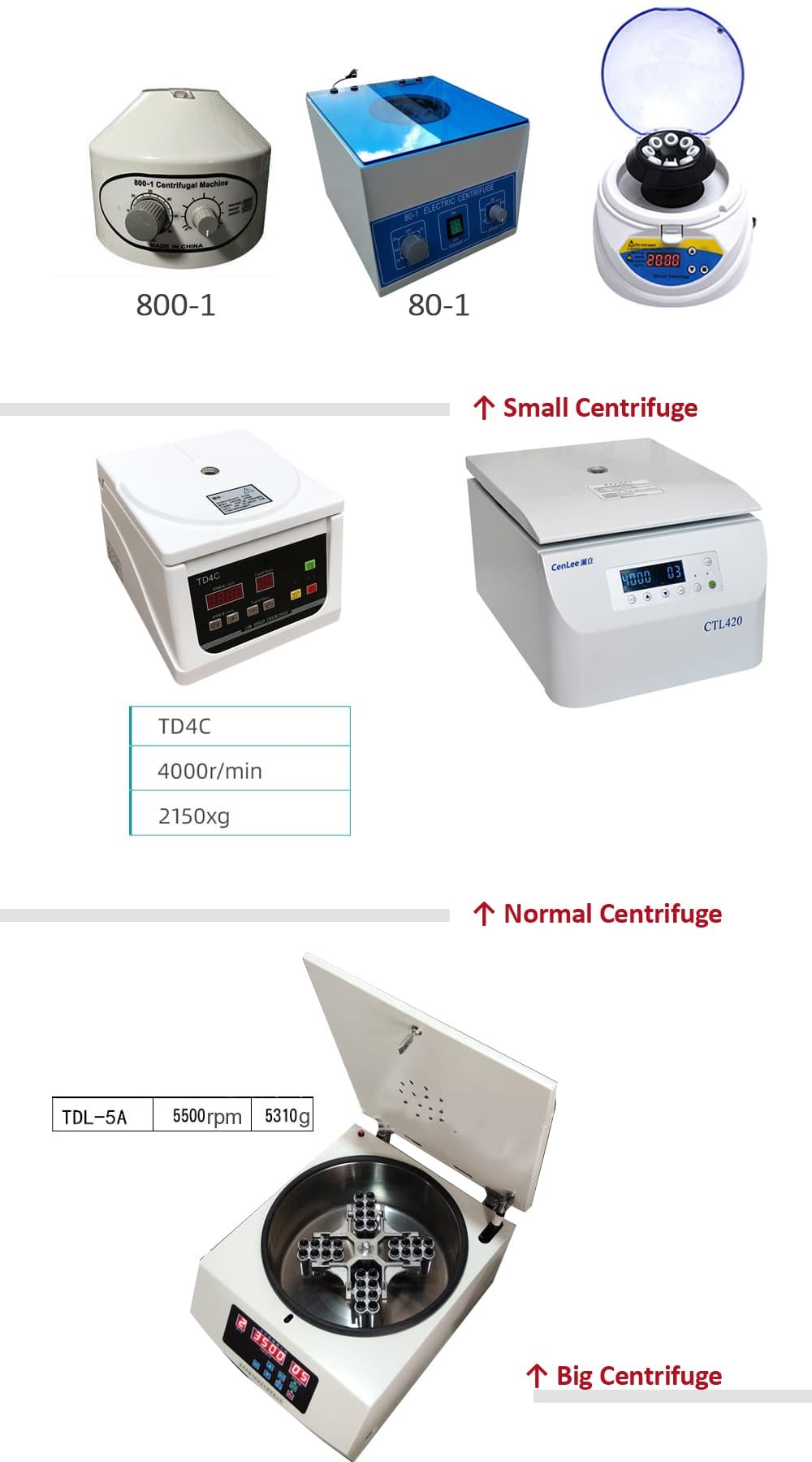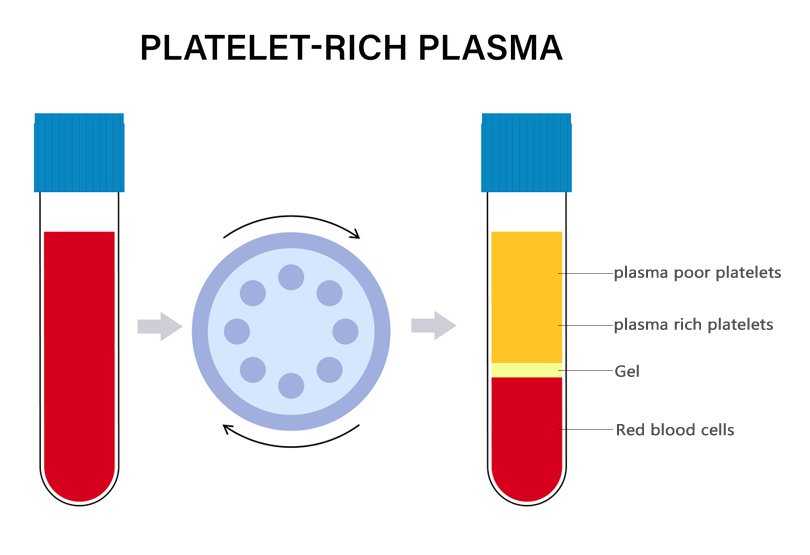Instructions for Use: PRP Tube
1. Product Information
Product Name: Anticoagulant (ACD/Sodium Citrate) + GEL Vacuum Blood Collection Tube
| Draw Volume | Material | Dimensions | Cap |
| 8ml-10ml | Glass / PET | 16mm × 100mm | Ruber / Plastic |
| 12ml-15ml | Glass / PET | 16mm × 120mm | Ruber / Plastic |
 2. Product Composition
2. Product Composition
Consists of a tube, a butyl rubber stopper, a safety cap, and either ACD solution or Sodium Citrate solution with an additive (separating gel). It is pre-vacuum processed to achieve automatic quantitative collection.
3. Sterilization
· Raw materials are produced in a 100,000-class clean room.
· Final PRP tubes irradiated sterilization after production.
4. Additive Dosage
· ACD Solution: 150 mg/ml
· Sodium Citrate Solution: 100 mg/ml
· Biotin: 20 mg/ml
· HA: 20 mg/ml
5. Pre-use Inspection
· Carefully check the tube. Do not use if any of the following:
· Tube broke
· Crystallization of the internal solution
· Visible cracks or damage on the cap
· Expired
6. Blood Collection Procedure
6.1 Skin Cleaning
· Face: Recommended to use 0.9% physiological saline. Iodophor is not recommended.
· Legs or Other Areas: Iodophor can be used.
6.2 Blood Collection Method
· Use 21g or 23g butterfly blood collection needle (with a holder):
· Position the needle tip close to the inner wall of the tube, allowing blood to flow down the side slowly.
· Important: Do not direct the needle vertically towards the bottom of the tube, as the vacuum force can cause rapid blood entry, leading to hemolysis.
7. Post-Collection Handling

· Gently invert the PRP tube 7-8 tims
· Avoid vigorous shaking to prevent rupture of blood cells and subsequent hemolysis
8. Centrifugation Guidelines

For PRP tubes:
| Centrifuge Type | Example Models | Recommended Parameters | Centrifugation Time |
| Small Centrifuge | 800-1, 80-1 | Max Speed 4000rpm(~1600-1700g) | 12-15 mins |
| Standard Centrifuge | TD4C, TD4, CTL420 | Max Speed 4000rpm(~2200-2700g) | 8-10 mins |
| Large Centrifuge | TDL-5A | Approx. 3000 rpm | 8-10 mins |
Settings for Special Centrifuges: If using a special centrifuge model, calculate the required speed (n, in rpm) using the following formula, where r is the rotor radius in cm:
RCF (g) = 1.118 × 10⁻⁵ × n² × r
The required Relative Centrifugal Force (RCF) for the PRP tube is approximately 2600g – 3000g.
For PRF tubes:
| Centrifuge Type | Recommended Speed | Centrifugation Time |
| Small Centrifuge | 3500 rpm(~1200-1500g) | 10 minutes |
| Medium Standard Centrifuge | 3000 rpm(~1200-1500g) | 8-10 minutes |
| Large Centrifuge | Not Recommended | – |
9. Post-Centrifugation Processing & PRP Collection

· After centrifugation, the blood will separate into three distinct layers. From top to bottom, the layers are:
· PPP (Platelet-Poor Plasma)
· PRP (Platelet-Rich Plasma)
· Separating Gel
· Red Blood Cell
The layer close to the separating gel is the PRP. The concentration of platelets is highest closest to the gel barrier.
10. Contraindications, Warnings, Precautions, and Important Notes
· At the end of blood collection, first remove the vacuum tube, then release the tourniquet, and finally withdraw the venipuncture needle. This sequence minimizes the risk of blood reflux.
· Do not invert the tube during blood collection. Inversion can cause the part of the needle inside the tube to contact the collected blood, creating a connected state and potentially leading to blood reflux.
· Do Not Use If Damaged: Do not use tubes that are cracked, have loose caps, show signs of additive deterioration, or are used with incorrect accessories.
· Intended Use: Important Note: The Platelet-Rich Plasma separated by this device is intended solely for wound repair and must NOT be used for intravenous injection.
11. Storage Conditions
· Temperature & Humidity: Store at room temperature 2°C – 30°C (Optimal storage temperature 2°C – 8°C). The relative humidity of the environment should not exceed 80%. Improper transportation and storage can affect the vacuum and the efficacy of the additives.
· Do not store in direct sunlight or in environments with temperatures exceeding 40°C.
· Shelf Life: Under normal transportation and storage conditions, the theoretical shelf life is 2 years. However, it is recommended to use the tubes within 1.5 years for optimal performance.
12. Please consult us if you have any questions.
